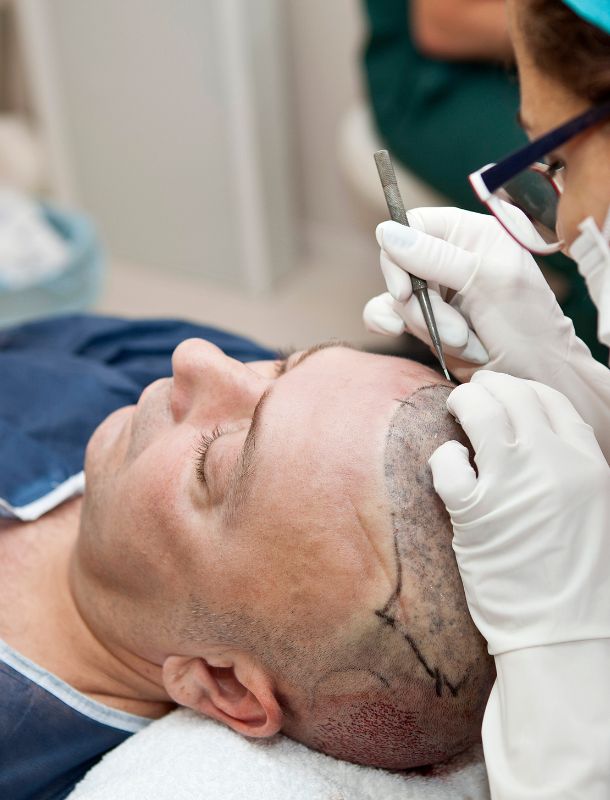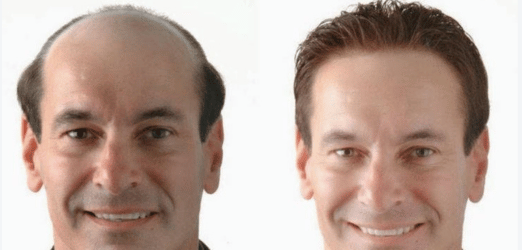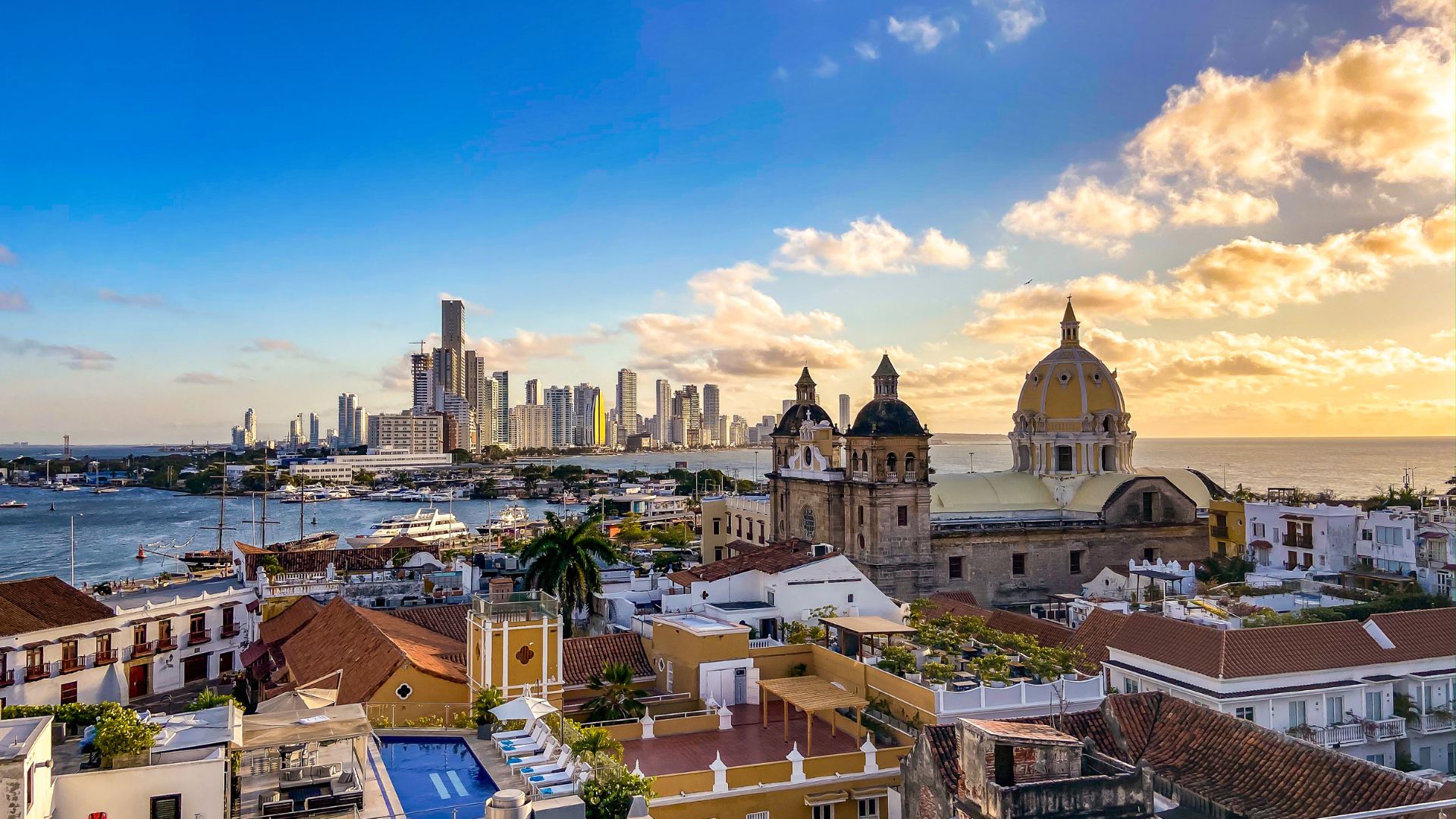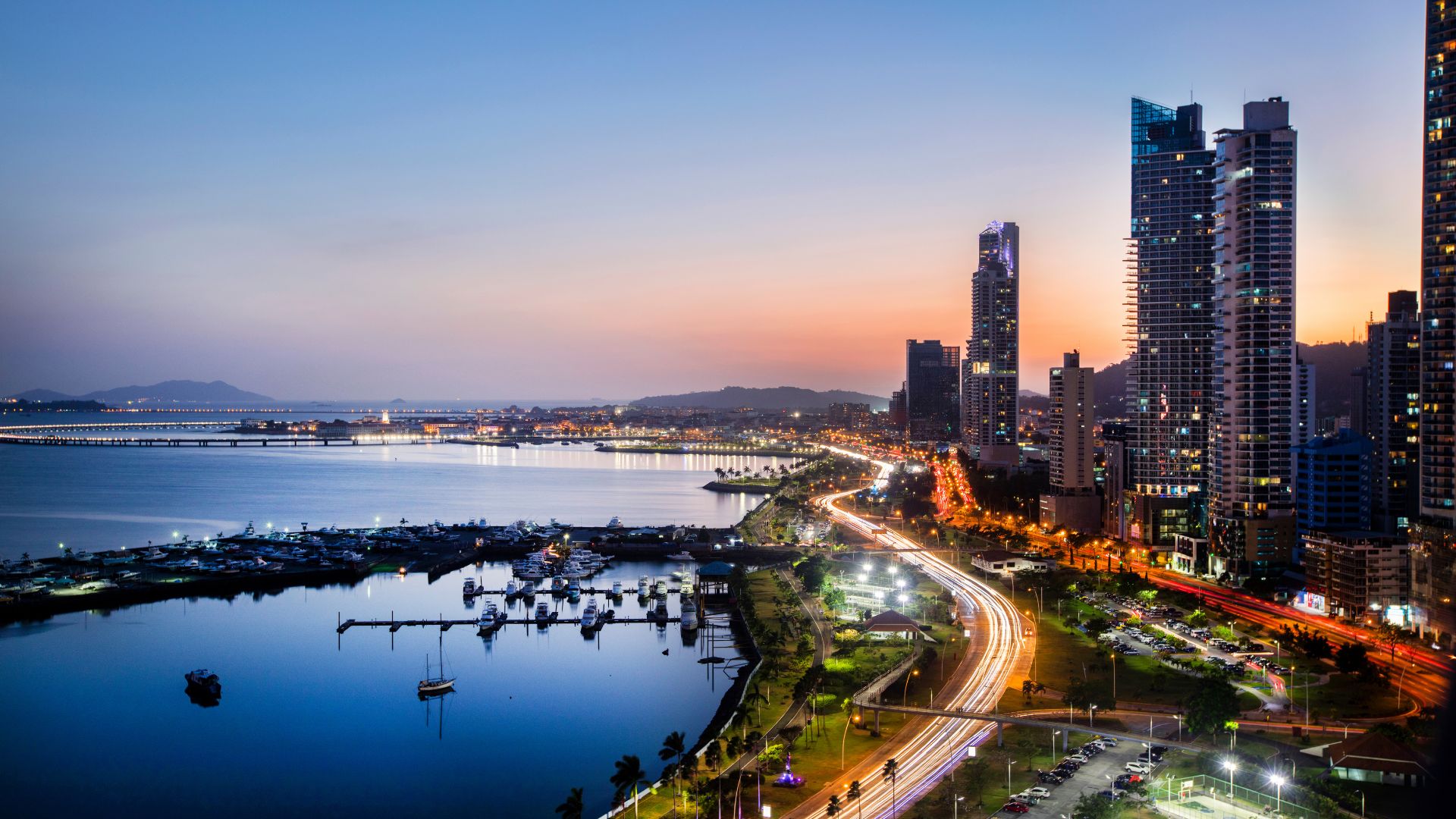Book Appointment Now
Hair Implants in Latin America | Affordable FUE & FUT Transplants with Trusted Clinics
Trusted trichologists, modern clinics & complete care packages at 70% less than US prices
Looking for affordable, high-quality hair implants abroad? Latin America has become a top destination for medical travelers seeking effective and natural-looking hair restoration at a fraction of the cost in the US or Europe. Our hair transplant packages in Colombia, Mexico, and Costa Rica offer the latest FUE and FUT techniques, performed by internationally trained surgeons. Whether you’re addressing a receding hairline, bald patches, or thinning hair, we connect you with trusted clinics that combine advanced technology with discreet, English-speaking care. Discover the benefits of medical tourism for hair implants — where results, safety, and savings come together.
Clinics use modern equipment and FDA-approved materials, matching the standards found in the U.S. and Europe, but at much lower prices. English-speaking staff and organized travel support make the process simple.
Save money while receiving trusted cosmetic care in Latin America.
Hair implants, or hair transplant surgery, involve relocating hair follicles from a donor area to a thinning or balding area. This minimally invasive procedure restores hair growth and provides a natural-looking solution for hair loss. Local anesthesia is normally used.
Why Get Hair Implants in Latin America?
You may be a suitable candidate for hair implants if:


Top Destinations for Hair Implant Medical Travel
Latin America is a rising star for hair transplant medical travel, blending significant cost savings with high-quality care. Key destinations include Costa Rica, known for reputable clinics and serene recovery; Colombia, recognized for advanced techniques in accredited facilities; and Panama, offering cutting-edge technology and expert surgeons.
What Happens During the Procedure?
Your hair transplant takes place under local anesthesia and usually lasts 4-8 hours. Here’s what your surgeon will do:
Dental Implant Cost Comparison
Compare the prices and see how much you can save
| Technique | United States Typical total-procedure range | United States Common price / graft | LATAM Typical total-procedure range | LATAM Common price / graft |
|---|---|---|---|---|
| FUT(strip harvest) | $4,600 – $11,450 | $2.50 – $5.00 | $1,200 – $2,500 | $1.00 – $2.00 |
| FUE(follicular unit extraction) | $5,160 – $12,513 | $6.00 – $10.00 | $1,500 – $3,500 | $1.50 – $2.50 |
Hair Transplant Options
Hair transplantation offers permanent solutions for those experiencing hair loss or thinning. These advanced procedures relocate healthy hair follicles from donor areas to balding regions, creating natural-looking results.
Client Reviews

What’s Included in Our Hair Implant Packages
- Before you arrive:
- Begin with an online meeting involving your in-country advocate, who will oversee your case, and our consulting doctor.
- You will be referred to one of our specialists for an initial online consultation.
- A pre-travel meeting with your in-country advocate will finalize and confirm your itinerary.
- Day 1 – Arrival day:
- Touch down in Colombia.
- Be greeted at the airport by your advocate.
- Enjoy a comfortable transport to your hotel.
- Participate in a welcome briefing with your advocate at the hotel.
- Day 2 – Preparation day:
- Meet your advocate at the hotel in the morning.
- Receive transport to your pre-procedural consultation with your specialist.
- Engage in a detailed discussion with your advocate to ensure you are well-prepared for the procedure.
- Day 3 – Procedure day:
- Your advocate will accompany you to the clinic in the morning for your procedure.
- Post-procedure, your advocate will meet you and facilitate your transport back to the hotel for recovery.
- Day 4 – Recovery day:
- Allocate at least one full day for recovery following your procedure.
- This day is crucial for ensuring you are ready to travel and confirming the procedure’s success.
- If you feel up to it, light activities can be considered. Transport and support from your advocate will be available as needed.
- Day 5 – Travel day:
- Your advocate will meet you at the hotel for your departure.
- Transport to the airport will be provided.
- Your advocate will assist you through customs, ensuring a smooth departure.
What to expect before, during, and after the hair implant procedure?
Before Procedure:
- You will have a consultation with your surgeon to discuss your goals, medical history, and any concerns.
- Pre-surgery instructions may include avoiding certain medications and stopping smoking.
- You may need to avoid haircuts or certain hair treatments before the procedure.
During Procedure:
- The procedure is usually performed under local Anesthesia.
- The surgeon will harvest hair follicles from the donor area, typically the back or sides of the scalp.
- The harvested follicles are then transplanted to the thinning or balding areas.
- The procedure may take several hours, depending on the number of grafts being transplanted.
After Procedure:
- You may experience mild swelling, redness, or discomfort in the donor and recipient areas, which should gradually improve.
- Follow your surgeon’s instructions on how to care for your scalp and manage any discomfort.
- Use prescribed medications and avoid strenuous activities to aid in the healing process.
- Hair shedding from the transplanted follicles may occur within the first few weeks, followed by new hair growth within a few months.
- Full results can take several months to a year to become apparent.
Recovery After Your Surgery
Your recovery happens in stages. Here’s what to expect:
First Week
You’ll head home the same day as your procedure. Your scalp will feel tender and a bit tight – totally normal. We’ll give you special instructions for sleeping with your head elevated the first few nights. The tiny scabs around each transplant will be visible, but most people can cover them with their existing hair. No washing your hair for the first few days, then we’ll show you a gentle technique to keep everything clean.
Weeks 2-3
Most people are back at work now – any redness has faded significantly. The transplanted hair will start to shed – don’t worry, this is actually part of the process! The roots are still there, just taking a break before growing new hair. Your donor area is healing nicely, and you can start getting back to normal hair care routines.
Months 1-3
Now life’s pretty much back to normal! The transplanted areas might look a bit sparse as those hairs are in their resting phase. But under the surface, good things are happening. Around month 3, you’ll start seeing tiny new hairs sprouting. It’s exciting when you spot those first few new growths!
Long-term Results
The real transformation happens between months 6-12. New hair grows in gradually – just like natural hair growth. By month 12, you’re seeing the full results, with hair that looks and feels completely natural. You can style it any way you like, and nobody can tell you’ve had anything done. Most patients tell us the wait was totally worth it for results that last.
FAQs – Here we answer your common questions about Hair Implants
Hair implants are typically permanent, as the transplanted hair follicles are resistant to balding. With proper care, they can last a lifetime.
Hair implants can significantly boost your self-esteem and confidence by restoring a natural-looking hairline and improving your overall appearance.
Hair implant procedures are usually outpatient, meaning you can go home the same day. The procedure typically takes several hours, depending on the number of grafts.
Initial recovery takes about 1-2 weeks, during which time any swelling or redness should subside. Full recovery and optimal hair growth can take several months.
Most people can return to work within 1-2 days after the procedure, though those with more physically demanding jobs might need a few extra days of rest.
Hair implant surgery is generally not very painful. Local anesthesia is used during the procedure, and most patients experience only mild discomfort afterward, which can be managed with over-the-counter pain relievers.
Hair implant surgery is generally safe when performed by a qualified and experienced surgeon. As with any medical procedure, there are potential risks and complications, which should be discussed with your surgeon.
Many patients find hair implants worth it due to the significant improvement in appearance and self-confidence. The decision is personal and should be made after thorough consideration and consultation with a qualified surgeon.
Hair implants can leave minor scars at the donor site, but these are usually small and well-hidden. The use of advanced techniques like Follicular Unit Extraction (FUE) can minimize visible scarring.
Hair implants in Latin America can start at $1,500–$3,000 USD, depending on graft count and technique; up to 70% less than in the US or Europe.
Yes. We work exclusively with licensed, board-certified surgeons who specialize in FUE and FUT techniques using sterilized, advanced equipment.
FUE removes individual follicles for minimal scarring and faster healing, while FUT extracts a strip of hair-bearing skin. Both methods are effective based on patient needs.
Most patients return to light activity within a few days. Full results take 6–12 months as transplanted hair grows in naturally.
Typically, no. One procedure is often enough. However, optional follow-up sessions or PRP boosters can be scheduled if desired.
The information provided here within should not be construed in any way as medical guidance or advice. Please consult with your medical physical or health provider. Information provided is for informative purposes only and may not capture all pertinent laws, standards, and best practices. The medical field is continually evolving; information mentioned may be outdated and/or could undergo changes. The interpretations presented are not official. Some sections are based on the interpretations or views of relevant authorities, but we cannot ensure that these perspectives will be supported in all professional settings.












